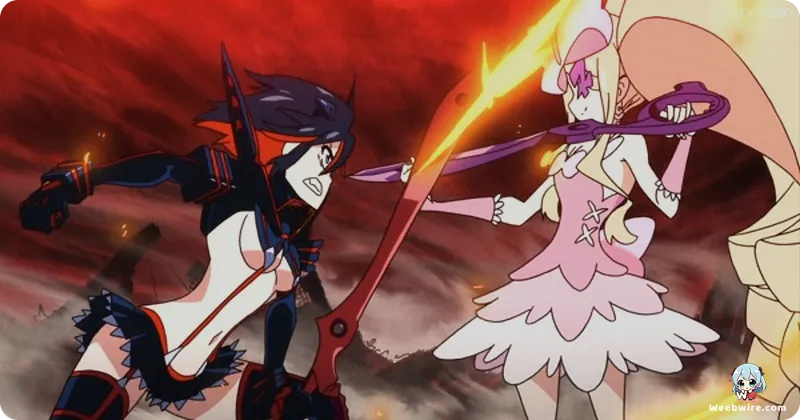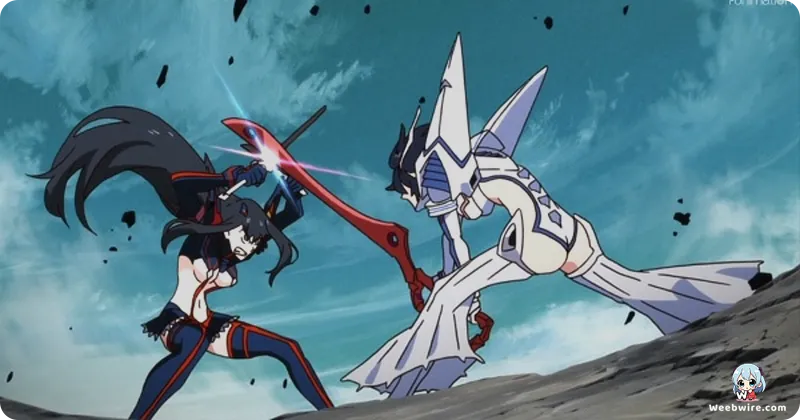Cultural Crossroads: Anime Faces Unprecedented Censorship Onslaught Worldwide

The anime world finds itself at a pivotal juncture in 2025, as a formidable new wave of censorship sweeps across global markets. This development ignites fervent debates over artistic liberty and the preservation of cultural expression. Dubbed the "Golden Age of Censorship," this tightening grip is largely propelled by more stringent content regulations within Japan itself, alongside significant legislative actions abroad.
A prime example is Texas Senate Bill 20, a contentious piece of legislation designed to criminalize the possession and promotion of visual material deemed obscene, especially if it depicts minors, even when featuring animated characters. The bill's alarmingly broad and ambiguous language poses a direct threat to a vast array of beloved anime series known for their mature themes, risking their removal from prominent distribution platforms and international markets.
Already, the repercussions are being felt. Critically acclaimed titles such as 'Kill la Kill' have vanished from streaming services due to their explicit content, serving as a stark warning of the fate awaiting other shows. Domestically, Japanese television networks are meticulously re-evaluating their anime broadcasting schedules, with a noticeable shift towards late-night slots or, in some cases, outright cancellation of prime-time anime in favor of what is perceived as 'safer' programming. This reflects a heightened sensitivity to content appropriateness and escalating production costs within the industry.

Beyond Japan, the intensity of censorship has surged in countries like China, notorious for its heavy-handed editing of series such as 'Elfen Lied,' 'Tokyo Ghoul,' and 'Death Note,' which have seen significant alterations to comply with local regulations.
Despite these mounting pressures, a robust resistance is forming among dedicated fans and creative professionals. They are uniting to challenge what they view as excessive censorship, arguing that it fundamentally undermines artistic expression and the unique storytelling prowess that defines anime. The industry now stands at a critical crossroads, striving to balance commercial viability and strict legal compliance with the passionate expectations of its ever-growing global audience. As discerning viewers worldwide become increasingly vocal, the discourse surrounding the future landscape of anime content continues to escalate, marking this as a decisive moment for stakeholders to either confront or strategically adapt to these profound, sweeping changes.
Credits
Tokyo Ghoul
Author
Sui Ishida
Cover Art
Sui Ishida
Studio
Studio Pierrot
Publisher
Shueisha
Producers
Elfen Lied
Author
Lynn Okamoto
Cover Art
Lynn Okamoto
Studio
Arms Corporation
Publisher
Shueisha
Producers
Death Note
Author
Tsugumi Ohba, Takeshi Obata
Cover Art
Takeshi Obata
Studio
Madhouse
Publisher
Shueisha
Producers
Kill la Kill
Author
Kazuki Nakashima
Cover Art
Sushio
Studio
Trigger
Publisher
Kadokawa Shoten
Producers
My Hero Academia
Author
Kohei Horikoshi
Cover Art
Kohei Horikoshi
Studio
Bones
Publisher
Shueisha
Producers
Demon Slayer
Author
Koyoharu Gotouge
Cover Art
Koyoharu Gotouge
Studio
ufotable
Publisher
Shueisha
Producers
Fullmetal Alchemist
Author
Hiromu Arakawa
Cover Art
Hiromu Arakawa
Studio
Bones
Publisher
Square Enix
Producers
Attack on Titan
Author
Hajime Isayama
Cover Art
Hajime Isayama
Studio
Wit Studio
Publisher
Kodansha
Producers
Mobile Suit Gundam
Author
Yoshiyuki Tomino
Cover Art
Yoshikazu Yasuhiko
Studio
Sunrise
Publisher
Bandai Namco
Producers
Sailor Moon
Author
Naoko Takeuchi
Cover Art
Naoko Takeuchi
Studio
Toei Animation
Publisher
Kodansha
Producers